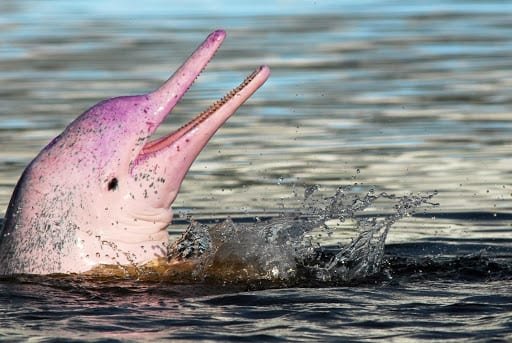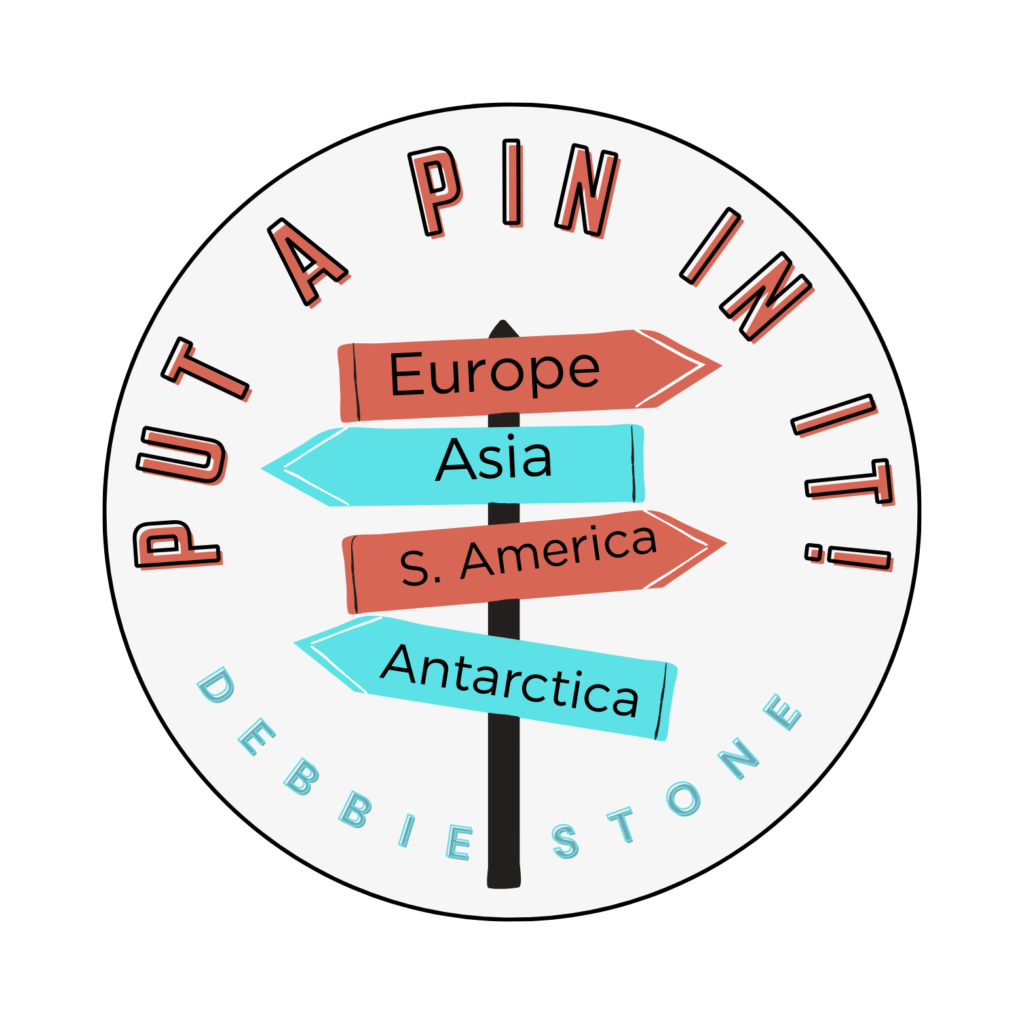Never seen a pink dolphin? It’s no hoax. The Amazon river dolphin is a real dolphin that evolved a pink color not seen in any other dolphins.
Why are pink dolphins pink, and how did they get this way? We’ll answer your Amazon river dolphin questions here — keep reading to learn more about these unusual creatures.
Discovery of the Amazon River Dolphin
The locals call the Amazon river dolphin “boto.” Brazilian legend has it that the boto is actually enchanted: they sometimes refer to them as “encantado,” which means “enchanted one.”
According to the encantado legend, these dolphins are actually spirits who can create music and even change shapes. These spirits often visit parties, where they transform into attractive men who love music and dancing all night. However, they then lure the women they meet into the river. The women never come back and may turn into encantados themselves.
Some locals believe these boto spirits can also cause illness, control the weather, and perform other amazing feats. These legends developed over the centuries, as Brazilians became familiar with the pink river dolphins. However, it took much longer for the rest of the world to learn about these animals.
Since news of the Amazon river dolphin has spread from Brazil to the rest of the world, people have become captivated by these seemingly mythical, but actually very real, creatures. Let’s take a look at some of the most interesting pink dolphin facts.
Amazon River Dolphin Behavior
These dolphins, like many other types of dolphins, are very social and unafraid of humans. This might have played a role in developing the myth that they once were humans themselves.
They can move their heads from right to left, unlike other types of dolphin, which helps them look for food in the river. The dolphins also evolved sharp teeth for hunting. They eat an incredibly varied diet, including fish, shellfish, and even turtles. Their flippers allow them to move in circular patterns, so they can easily navigate the river to hunt.
These dolphins don’t move fast, since they’re always searching for their next meal. But they do travel far, covering over 18 miles of river in a typical day.
Thanks to the natural sonar system dolphins have evolved, they never get lost even though they travel long distances. They don’t travel in groups and live much of their lives alone. However, people have recorded calls that they use to communicate with each other when they need to. Sometimes, they do form small bands of a few individuals.
Like all dolphins, Amazon river dolphins love to play. Sometimes they engage with humans by bumping their canoes or trying to steal their paddles. Other times, they play with sticks or even with their prey.
Why Are Pink Dolphins Pink?
The biggest question people often have about the boto is: What makes them pink?
In truth, not every “pink dolphin” is actually pink in color. Although many are pink, it’s a dull shade, not the vibrant pink sometimes seen in retouched photos of them. They can also come in shades of gray, brown, or a mix of tones, such as a gray back with a pink underbelly.
They also change color with their mood. Pink dolphins actually become brighter when they’re excited.
However, scientists don’t actually know where the pink color comes from. The younger the dolphin, the grayer they tend to be. As they get older, they become pinker.
Some researchers have suggested that the pink is actually scar tissue. Although these dolphins live mainly solitary lives, they do fight with other dolphins often. The males, in particular, will battle until most of their body is covered in marks from the teeth of other dolphins. Maybe this is what triggers the change in colors.
However, the color might also be a camouflage tactic. Some parts of the rivers they dwell in have red mud, which can turn the water pinkish in the rainy season. Still, others believe that their skin becomes more see-through with age, and the pink color is simply the blood vessels showing through.
Where to Find Pink Amazon River Dolphins
Amazon river dolphins’ habitat spans millions of square miles of the Orinoco and Amazon river basins and the smaller rivers that feed into them.
However, the water levels change with the seasons, and so do the dolphins’ habitats. When rainfall is heavier, the dolphins migrate farther up the small rivers, since the high water level makes them easy to navigate. They’ll even search for prey in floodplains during the wet season.
Their wide range and excellent camouflage make it hard for scientists to track them. No one is really sure how many Amazon river dolphins there are.
They swim in murky waters and don’t leap out of the water the way other types of dolphins do. And since they don’t have dorsal fins, it’s hard to use a photo to identify an individual dolphin.
Amazon Dolphins in the Modern World
Today, the Amazon river dolphin faces threats to its natural habitat. As people use the natural resources of the Amazon basin, the dolphins are losing a place to live.
They also live in waters with higher levels of mercury than ever before. Nearby gold mines leach toxic mercury into the water.
Finally, more tourism also threatens their population. If you visit the Amazon, it’s important to make sure to only book tours with environmentally responsible companies.
Amazon pink river dolphins are just one of the world’s hidden travel gems. Looking for more? Don’t miss this post for ideas.














